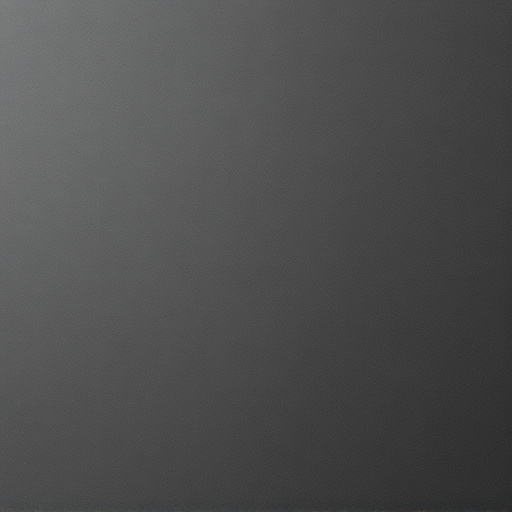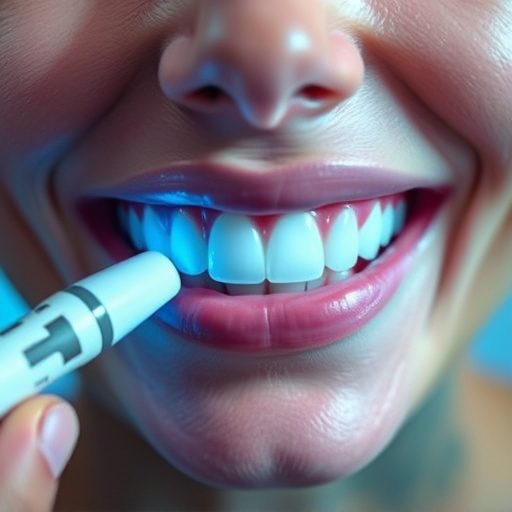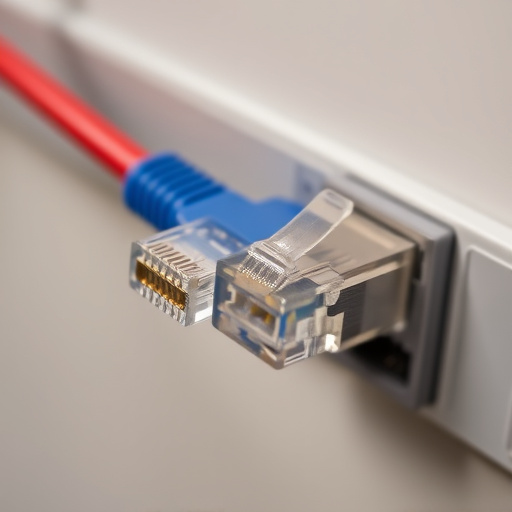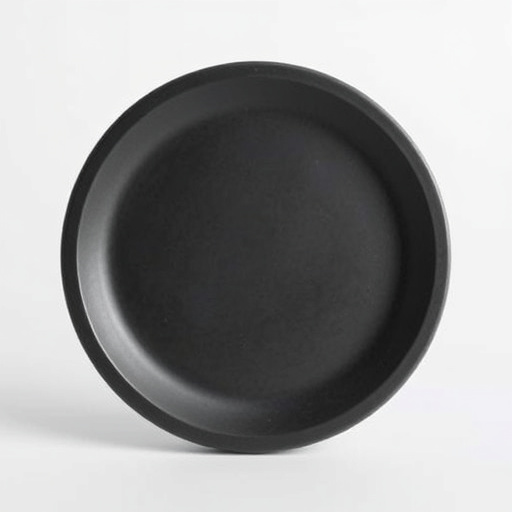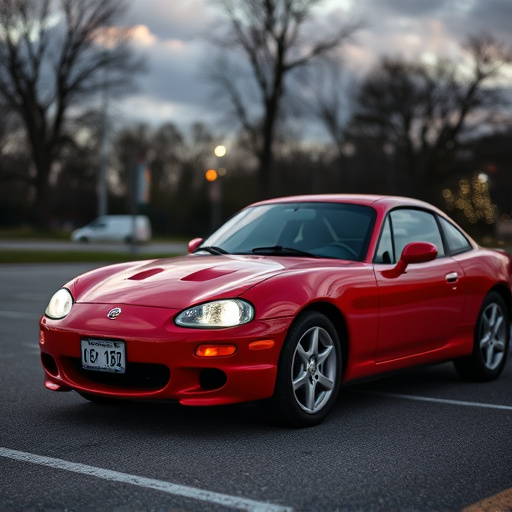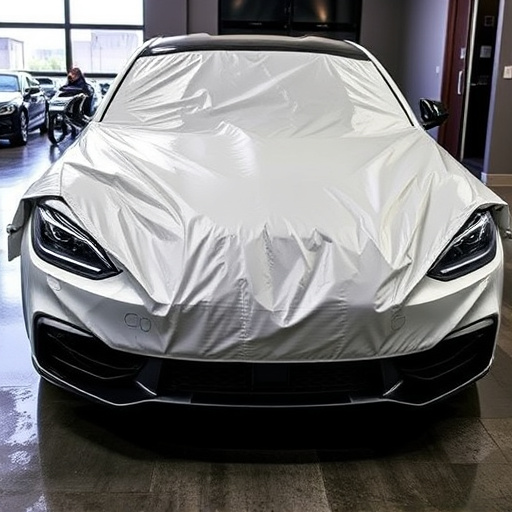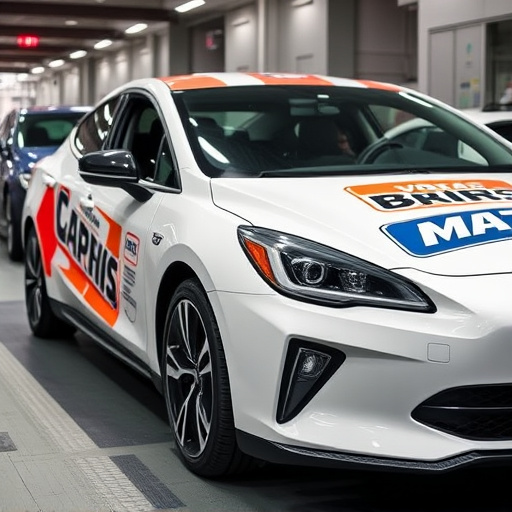Scratch-resistant coatings evolved from basic polishes to advanced ceramic and nano technologies, offering varying durability. For cars, vinyl wraps, window tinting, and custom wraps provide protection with design customization. Choosing a coating requires understanding surface material, durability, quality, chemical resistance, and specific applications like glass, metal, or plastic. Clear coat paint, ceramic coatings, polyurethane, and silicone-based finishes are top choices for superior scratch and chemical damage resistance in various environments.
Choosing the right scratch-resistant coating is essential for protecting your surfaces and maintaining their aesthetic appeal. This comprehensive guide explores the intricacies of scratch-resistant coatings, helping you navigate the options available in today’s market. From understanding the science behind these coatings to identifying key factors in selection, we’ll equip you with the knowledge to make an informed decision. By comparing various types of scratch-resistant coatings, you’ll discover the game-changer for safeguarding your valuable assets.
- Understanding Scratch Resistant Coatings
- Factors to Consider When Choosing a Coating
- Types of Scratch Resistant Coatings Compared
Understanding Scratch Resistant Coatings
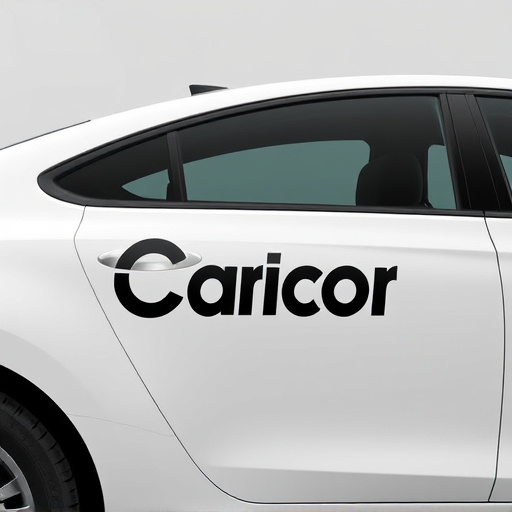
Scratch resistant coatings have become an essential part of modern automotive and even home decor solutions. These protective layers are designed to safeguard surfaces from inevitable daily wear and tear, including scratches caused by airborne debris, pet nails, or accidental bumps. Understanding the various types of scratch-resistant coatings is key to choosing the right one for your needs.
Coatings can range from simple polishes that offer temporary protection to robust ceramic and nano-technology based solutions that provide long-lasting durability. For vehicles, options like vinyl wraps and window tinting often come with added scratch resistance, making them a popular choice among car owners. Custom vehicle wraps, in particular, allow for not just enhanced scratch protection but also the freedom to transform a vehicle’s appearance with creative designs.
Factors to Consider When Choosing a Coating
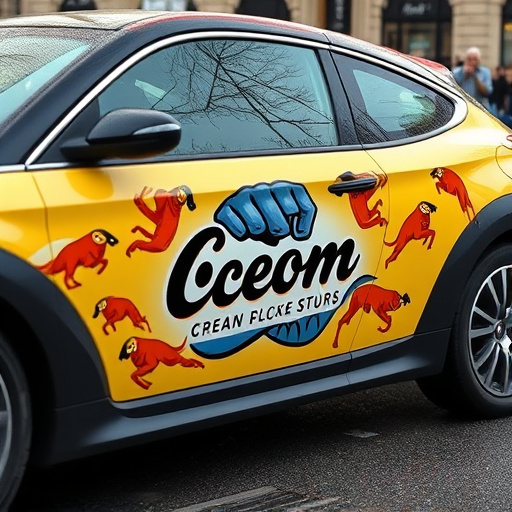
When selecting a scratch-resistant coating, several factors come into play to ensure the best protection for your surface. Firstly, consider the type of material you want to coat; different coatings are designed for specific surfaces like glass, metal, or plastic. Each material has unique properties and requires a tailored solution. For instance, ceramic window tinting offers exceptional scratch resistance while preserving transparency, ideal for automotive applications.
The durability and quality of the coating are paramount. High-quality protective coatings provide long-lasting protection against everyday wear and tear, including harsh weather conditions and frequent handling. Additionally, the coating’s ability to withstand chemical exposure is essential, especially in industrial settings. Remember that a paint correction treatment can enhance the initial appearance but may not offer the same level of durability as specialized scratch-resistant coatings.
Types of Scratch Resistant Coatings Compared

When comparing scratch resistant coatings, several types stand out based on their unique properties and applications. One popular choice is clear coat paint, known for its durability and ability to protect surfaces from everyday wear and tear. This option offers a transparent finish, preserving the original look of the surface while providing an extra layer of defense against scratches.
Another notable type is ceramic coatings, which are highly regarded in the automotive industry due to their superior heat rejection properties. These coatings not only safeguard against scratches but also reflect heat, keeping surfaces cooler under direct sunlight. Custom vehicle wraps, for instance, utilize ceramic coatings to enhance both protection and aesthetics. Moreover, high-quality finishes like polyurethane or silicone-based coatings provide excellent resistance to scratches and chemical damage, making them ideal for demanding environments where durability is paramount.
Choosing the right scratch-resistant coating involves understanding your application’s unique needs and selecting from various types, each with distinct properties. By considering factors like surface compatibility, durability requirements, and aesthetic preferences, you can ensure a protective barrier that enhances rather than hinders the appearance and longevity of your materials. Whether for industrial or decorative purposes, the right scratch-resistant coating can make a significant difference in the overall quality and value of your products.

